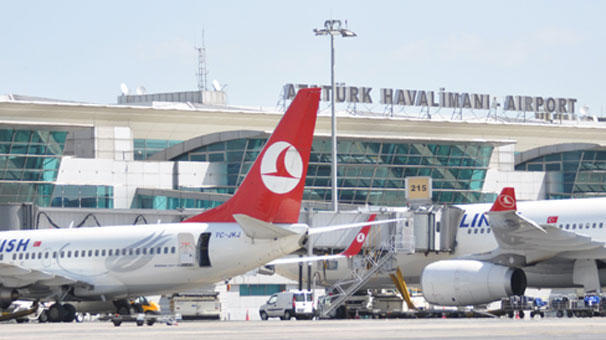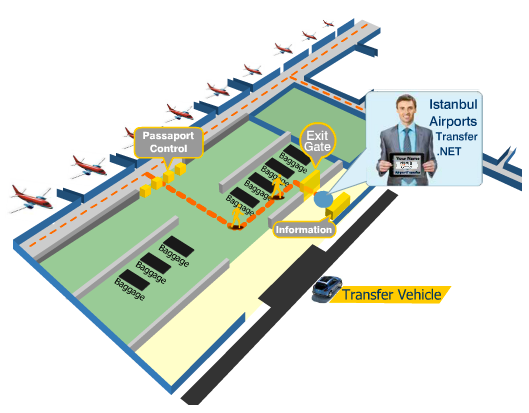Economic Airport Services
- Book 2 Ways Transfers, get
- %10 discount on Return
- VAT is included. No hidden costs.
What We Offer
- Free Meet & Greet Service.
- Free Water for each Way.
- Free Wifi and Baby Seat
Private Airport Service
- 24/7 days a week.
- Assistance with luggage.
- Istanbul City Tours %15 Discounted
Safe & Licenced Service
- Safe Travel & Disinfected Vehicles
- Fully Licenced & Insured Cars.
- Fully Air Conditioned Vehicles.
Istanbul Ataturk Airport Transfer Taxi Prices (CLOSED)


+90 533 720 49 19
+90 533 720 49 19
Viber
+90 533 720 49 19
Where will we meet with you ?
* Meeting & Greeting Team will be waiting (24/7) at the arrivals lounge of theAirport Terminal and will be waiting for you at the exit of the customs hall holding our
Company Sign Board (M 55 - Adore Tour).
* Once you have met with our friendly Staff, you will be escorted directly to your vehicle.
* You can pay Transer Service Fee to Transferman in Euro, USD or TRL.
* If you should fail to find our Staff, please DO NOT LEAVE the Airport
and Call or Whatsapp us 7/24. +90 533 720 49 19
There is Free Wifi at Airport & Free Call at Information Desk
Mobile: +90 533 720 49 19 ( 24/7 - English / Russian / Turkish)


Ways of Transportation from Ataturk Airport to City Center
Ataturk Airport Transfer(IATA: IST, ICAO: LTBA)(Turkish: Atatürk Uluslararası Havalimanı) is the major international airport in Istanbul, Turkey. Opened in 1924 and located in Yeşilköy, on the European side of the city, it is 24 km (15 mi) west[1]of the city centre. In 1980, the airport was renamed to Atatürk International Airport in honor of Mustafa Kemal Atatürk, the founder and the first president of the Republic of Turkey. With total passenger traffic of 33 million for the year 2010, it is among the top 40 airports in the world in terms of total passenger traffic and the 20th busiest in the world in terms of international passenger traffic. It was Europe's 6th busiest airport in 2010. Terminals, airlines and destinations
Atatürk airport has four terminals:
Terminal 1, for domestic flights
Terminal 2, for international flights
Terminal 3, for cargo flights
General Aviation Terminal
Atatürk Airport still faces capacity issues; it ranks somewhere between 30th and 40th in the world by both cargo and passenger traffic, handling over 825,000 tonnes of load (cargo, freight and mail) and over 30 million passengers in the year 2009. The total number of passengers has doubled in the past five years, and domestic traffic has almost quadrupled (see statistics section below). Its rated capacity of 14 million international passengers per year and 10 million domestic passengers per year was barely sufficient for the demand in 2007 and 2008. The Istanbul greater metropolitan area is expected/projected to have a demand of 25 million international passengers and 25 million domestic passengers annually by the year 2015.[citation needed]
If the current passenger growth maintains itself, IST is expected to become one of the 30 busiest airports in the world in terms of total passenger traffic for 2010.




